What was convict assignment?
‘Assignment’ meant that a convict worked for a private landowner. This was usually on a farm, far away from Sydney.
Some convicts had been assigned in the past, but Governor Macquarie had kept a lot of them to work for the government in town.
After Macquarie left the colony in 1822 became much more common. The 'system' also became much more organised.
The aims of assignment were to:
- reduce the number of convicts the government had to look after
- provide farmers with cheap labour
- clear convicts out of the town of Sydney
By 1836, nearly 70 per cent of all the convicts in NSW were working as ‘assigned convicts’.
The new assignment system also changed the role of the barracks.
Now, instead of male convicts living there for long periods of time, it became a place for them to wait.
Some men only waited a few hours to be assigned. Others waited for days or weeks.
Badly behaved convicts were not assigned. Instead, they usually ended up working for the government as part of an ‘iron-gang’. This meant hard work in terrible conditions.
How did the system work?
The application process changed over time. But by the 1830s it was very strict. Private landowners had to apply to the government, telling them:
- How much land they had
- How much of that land was being farmed
- If they already had convicts assigned to them (and if so how many)
There were also different types of convicts they could apply for, such as:
- labourers (unskilled convicts)
- mechanics (skilled convicts, such as a carpenter or a stonemason)
- domestic servants
Private land owners did not have to pay their assigned convicts for the work they did. But they did have to provide them with food, clothes and a place to live.
It’s important to remember that assigned convicts were not slaves. The private land owner (their ‘master’) did not own them.
Some assigned convicts complained to the government about how their private master treated them. Others ran away and became bushrangers.
However, other assigned convicts were well looked after by their master. Some even stayed on as a paid worker once they had finished their sentence.
What work did they do?
Convict men mostly worked outdoors as labourers on farms. They did jobs like:
- clearing land
- harvesting crops
- looking after vegetable gardens
- feeding and caring for animals
Other convicts, including female convicts, were assigned to work indoors as ‘domestic servants’.
This type of work included:
- washing clothes
- cleaning
- cooking
Convict ‘mechanics’
If a convict had a skill (such as a baker, a blacksmith or a painter) they were called a ‘mechanic’.
These men could be assigned to work for a settler who had the same skill, to help them run their business.
Watch these videos to see some of the skills that convicts had. Each skill takes many years to learn, so a convict who had one was really valuable to the colony.
One man’s story: Joseph Mason
Joseph Mason was a market gardener from Hampshire, England. Both Joseph and his brother Robert were transported to NSW 'for life'.
They arrived in Sydney in June 1831 and were taken straight to the Hyde Park Barracks.
Joseph waited there for five days. He was then sent to a farm in Parramatta owned by Hannibal Macarthur.
Hannibal was a nephew of John Macarthur, a well-known and powerful person in the colony.
To get to Parramatta (25 kilometres from Sydney) Joseph was taken by boat up the Parramatta River. He left King’s Wharf (known today as Circular Quay) early in the morning and arrived in Parramatta after dark.
On the farm he lived in a simple wooden hut, which he shared with other assigned convicts. He also kept a diary, which is how we know about his experience.
The men all had to cook their own food and Joseph said they had no reason to complain as they were given enough to eat.
Joseph’s jobs included:
- working in the vegetable garden
- cutting and burning grass
- harvesting hay and wheat
- planting seed
While working on the farm, Joseph heard stories of frontier conflict and violence towards Aboriginal people. He wrote in his diary that the expansion of new farms, particularly letting lots of cattle into new areas to graze the land, was one reason for this.
Five years after he arrived, Joseph received an absolute pardon. This meant he was free to travel back to England.
Related
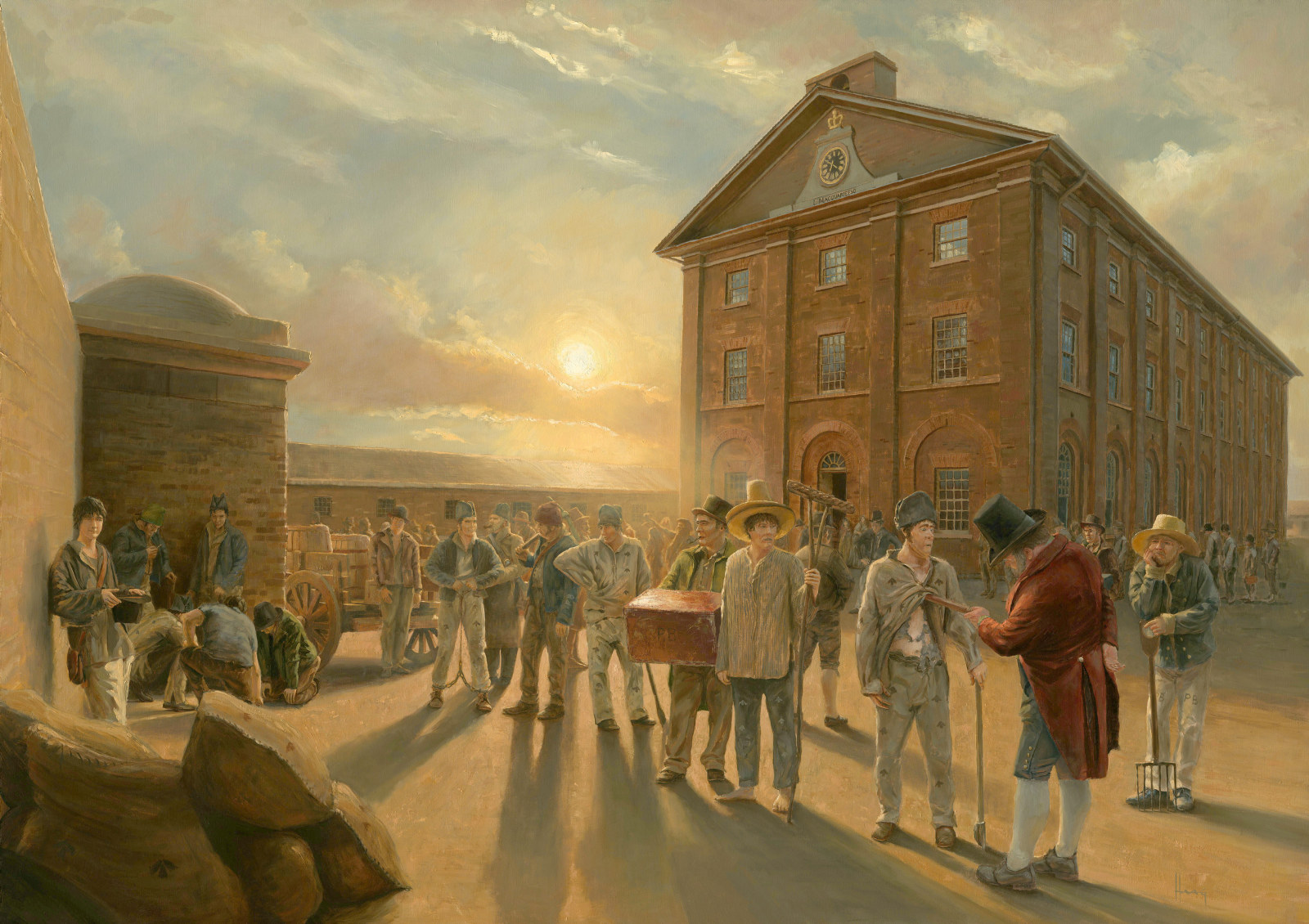
Convict Sydney
Convict Sydney
From a struggling convict encampment to a thriving Pacific seaport, a city takes shape
Published on
Convict labour
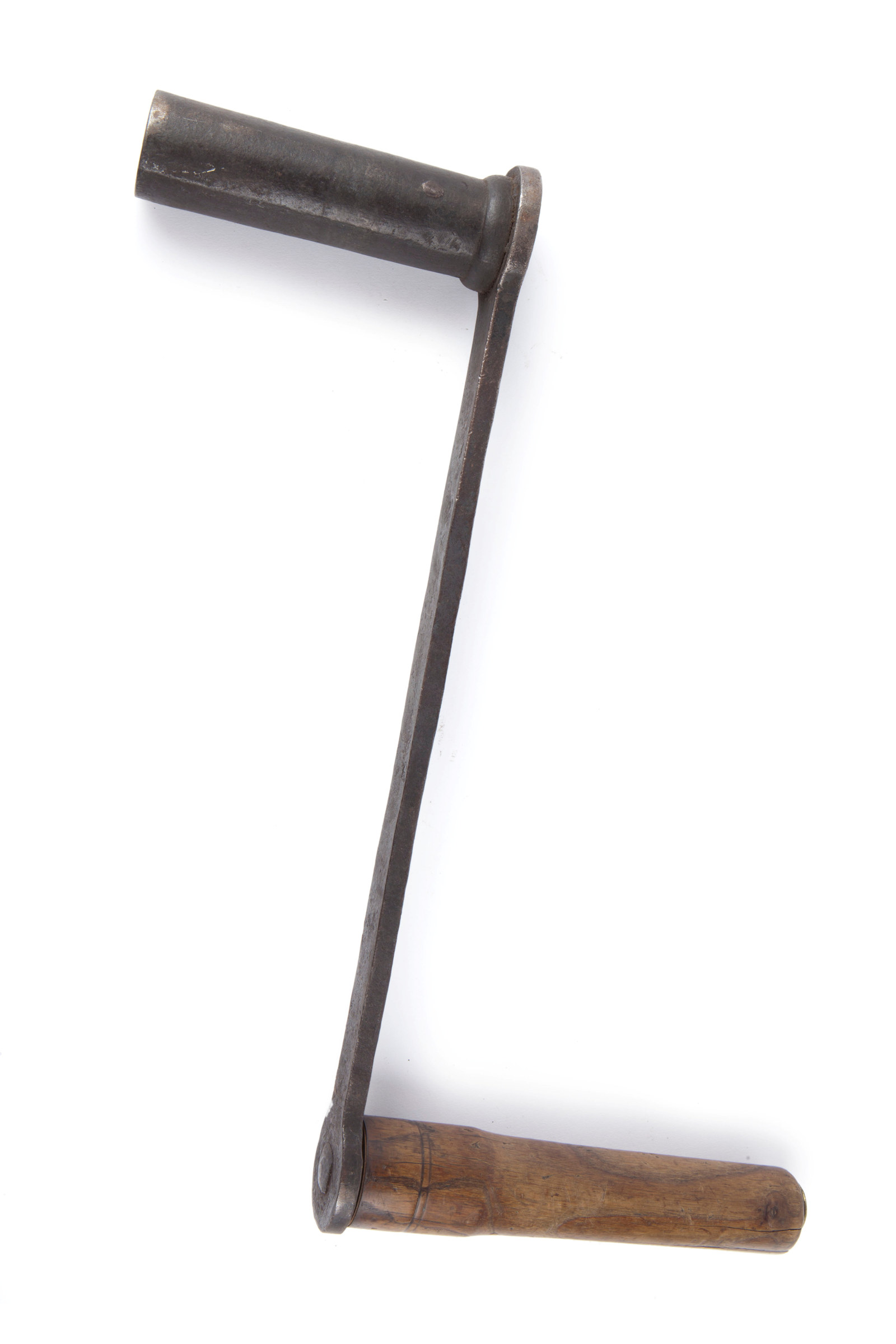
Convict Sydney
Clock-winding crank
This sturdy crank was used for many years to wind the Hyde Park Barracks clock
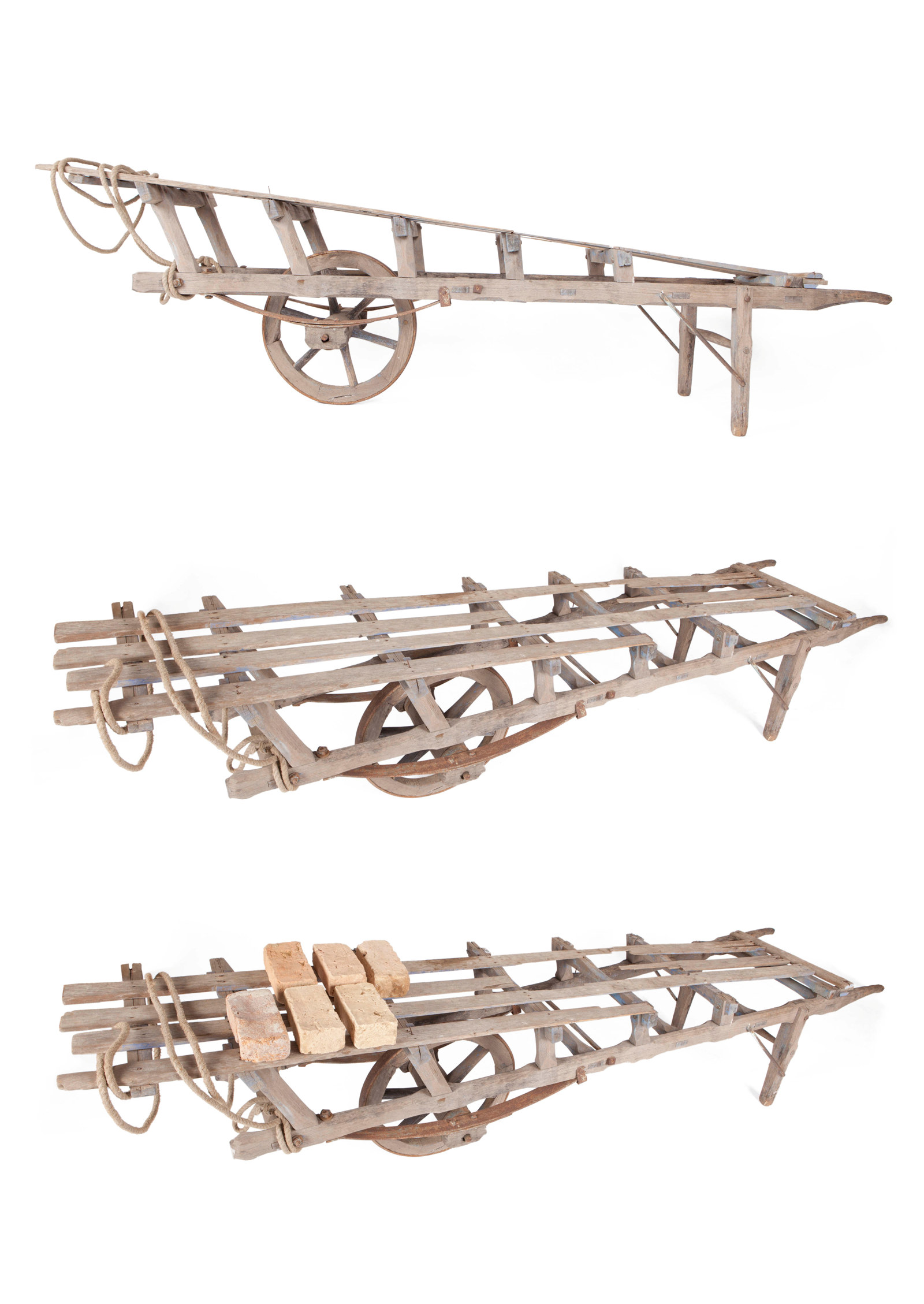
Convict Sydney
Hack barrow
Convict brickmakers working at the Brickfields (now Haymarket) used hack barrows like this one, stacking 20 or 30 wet bricks on the timber palings along the top, for transporting them from the moulding table to the ‘hack’ yard for drying
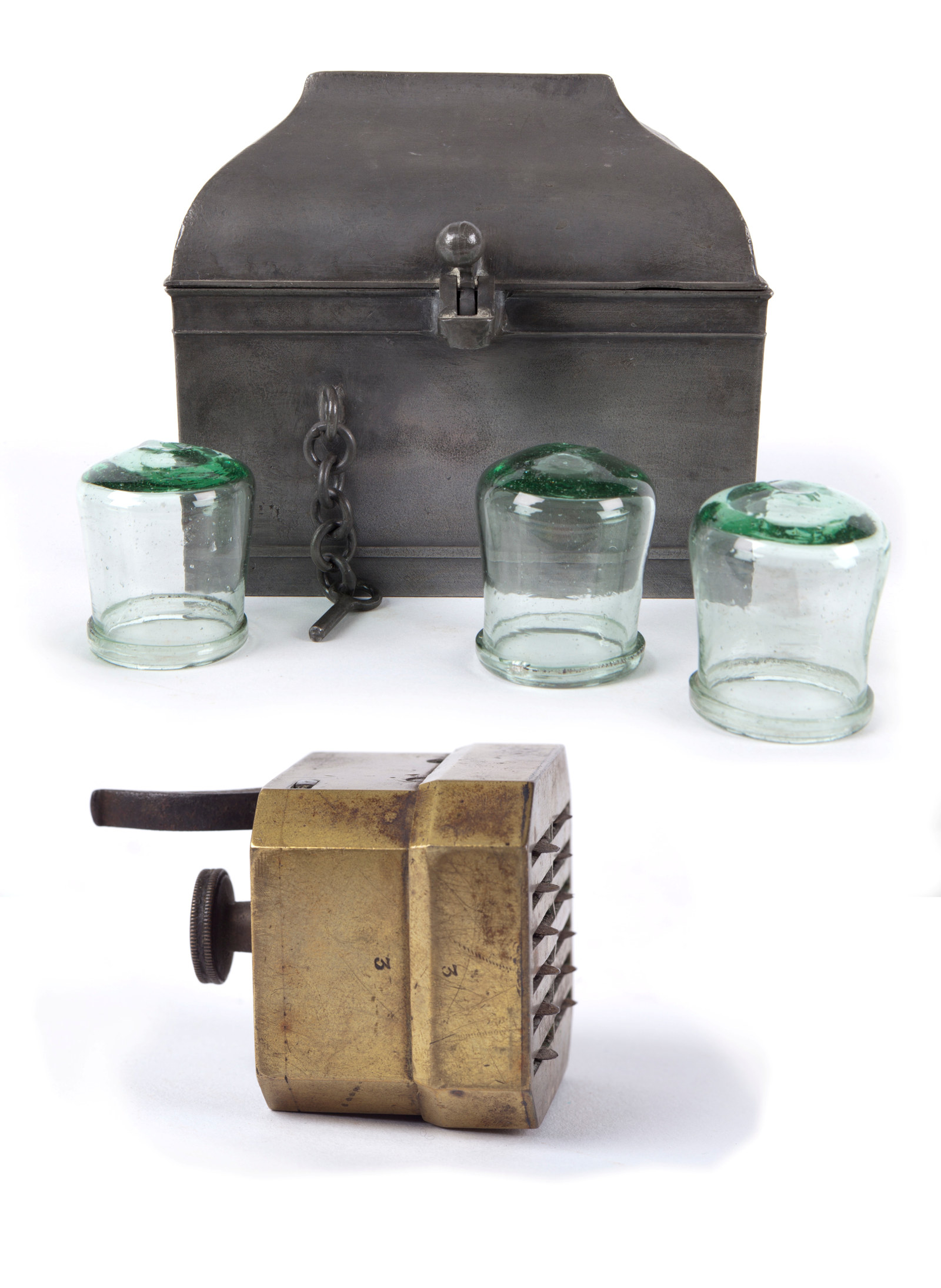
Convict Sydney
Cupping glasses and scarificator
These cupping glasses are of the type that was used in the treatment of convict patients at the General ‘Rum’ Hospital
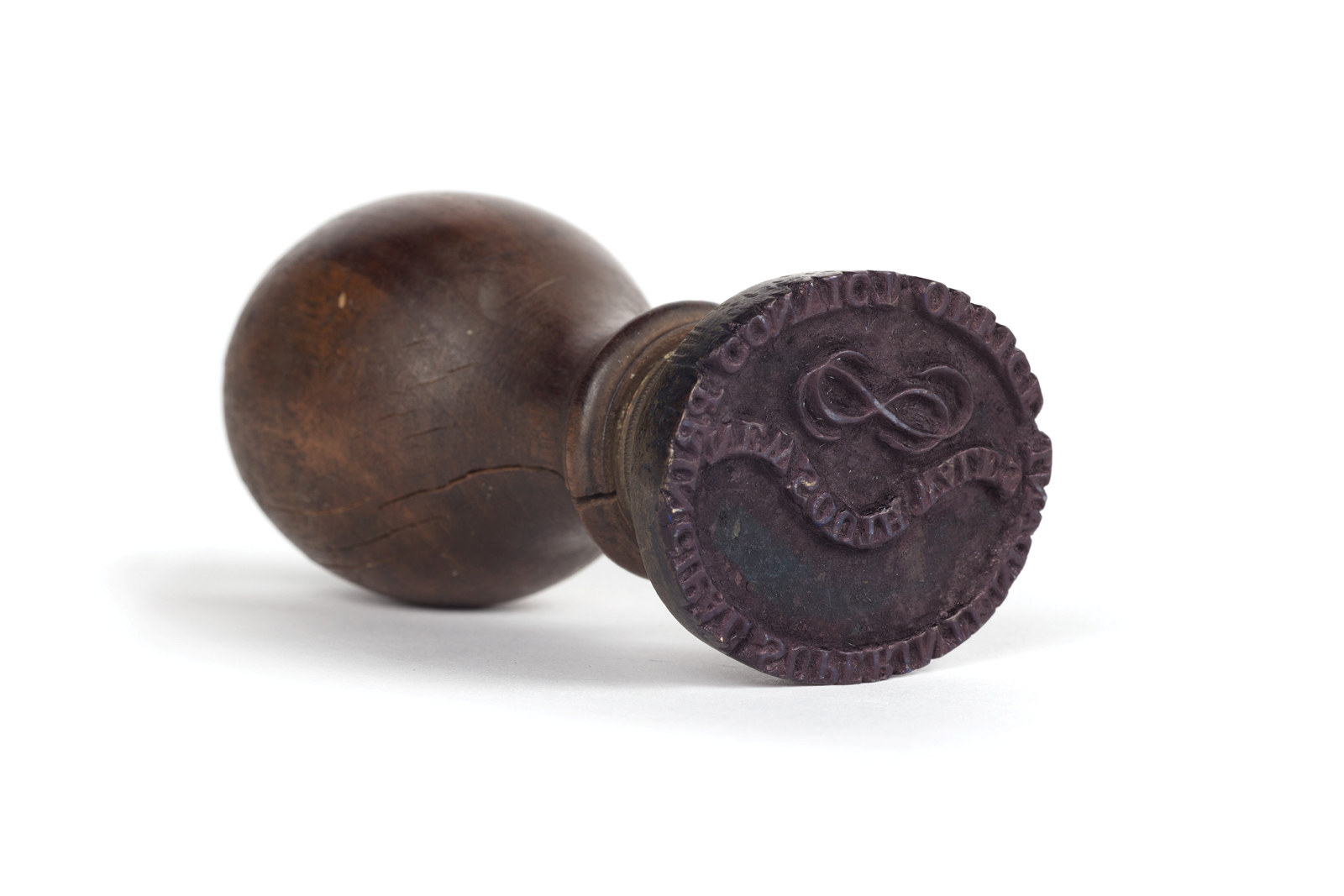
Convict Sydney
Brass stamp
Between 1830 and 1848, the superintendent’s office operated from the Hyde Park Barracks, where this stamp was most likely used on official documents and ledgers